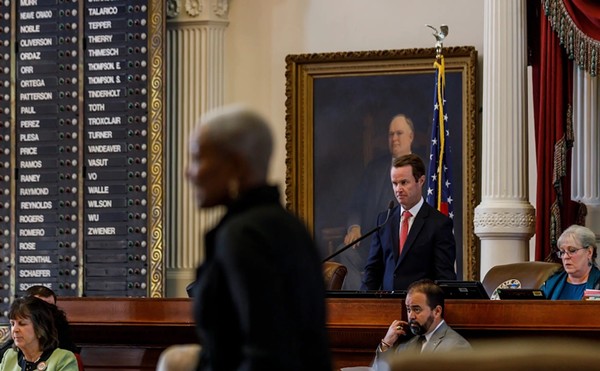Let’s get real, says Economist correspondent Vijay Vaitheeswaran: Cars are part of the American dream for perfectly valid reasons. The solution is to clean them up, not scrap them, he and his coauthor argue in Zoom: The Global Race to Fuel the Car of the Future, and use technological innovation to end Detroit’s steel grip on U.S. transportation policy.
How can cars be the solution? Why not public transportation?
My point in talking about cars as being part of the solution is to say, look, most of the problems we associate with cars — the environmental harm done to our children’s lungs or through Global Warming, the geopolitical problems in the Middle East, the public-health issues we’re all familiar with — these come from gasoline. The car itself brings personal mobility, freedom, a safe way of transportation ... And as an engine of prosperity of the sort that the 20th Century hadn’t seen, it was actually the backbone of the economic miracle of the last century. If we can take the automobile, and buses, and other means of transportation beyond the age of petroleum, we can have a lot of the good things they provide — not everything — while at the same time getting rid of most of the problems that they create.
The second part of the argument, as much of my book is devoted to, is actually showing how various parts of the world — whether it’s communities in rural America or in California, whether it’s Brazil with its multiple fuel systems, with its bus rapid transit systems ... whether it’s China and India with their eco-cities and integrated city planning — there are better ways of doing this. The developing world is actually showing the rich world how to think about the future in ways that are going beyond the car, beyond personal transportation.
Looking at some of the reviews of the book so far, I caught a little whiff of, Oh, here’s these Economist reporters, these smartypants, telling the Americans how they should be doing things.
On the contrary, the book is written in response to that kind of tut-tutting that often comes from European environmentalists or those right here in America, that say the SUV is the work of the devil, and kind of glamorize the hybrid car or walking and taking bicycles. Well, the demographic group in America that is most attached to their car is not the 55-year-old with his Porsche in a mid-life crisis, or the teenage kid with his convertible. It’s actually the working woman with children in school. Nobody in America is more attached to her car — and opinion polls show this — because for her it is impossible to have the lifestyle she does, as an educated professional person but who cares about her children ... well, that safe car is the essential linchpin that makes it all happen. You take that away and tell them, Go take the bus, in a part of America — which is 90 percent of America — that doesn’t have meaningful public transportation, it’s almost like you’re a Martian that lands and tells someone, Live like we live on Mars. It’s not a meaningful conversation.
When you were out looking at innovators trying to solve the conundrum — how do you make a car run on something besides gasoline and run as far as we want it to and as reliably as we want it to — what are some of the best innovations you’ve seen?
A lot of people want to know, OK, great, is it gonna be ethanol? Is it hydrogen? Am I gonna have an electric car? They tend to focus on the fuel, and to me, historically, that’s been the mistake. There’s no silver bullet — no single fuel is big enough, and bad enough, and comprehensive enough, and here soon enough and cheap enough, to take on oil by itself. But if the car itself changes — and that’s really part of the point of the book — the car is electrifying, we’re having much more software, intelligent computers on board ... you suddenly make the capability of having flexible fuels, so we don’t have to bet the country’s future on corn ethanol or on electricity or hydrogen. We can allow the experimentation that innovation calls for; we can have bets on several different numbers on the roulette table, and whatever comes up, the country wins ... All of them are good, all of them get us off of oil, and the key enabler is the smart car of the future. That’s also interesting because the more that software and electronics become important in the car industry, the lower the barriers to entry. Now we’re suddenly talking about things that Detroit doesn’t do so well, but Silicon Valley does. So, too, does Singapore, and Bangalore, and Shanghai, and so you suddenly see the potential for many competitors entering, and that means the politics of Detroit can no longer give it the sustainable edge. We’re going to force the Detroit companies to innovate and come up with better products. •


















